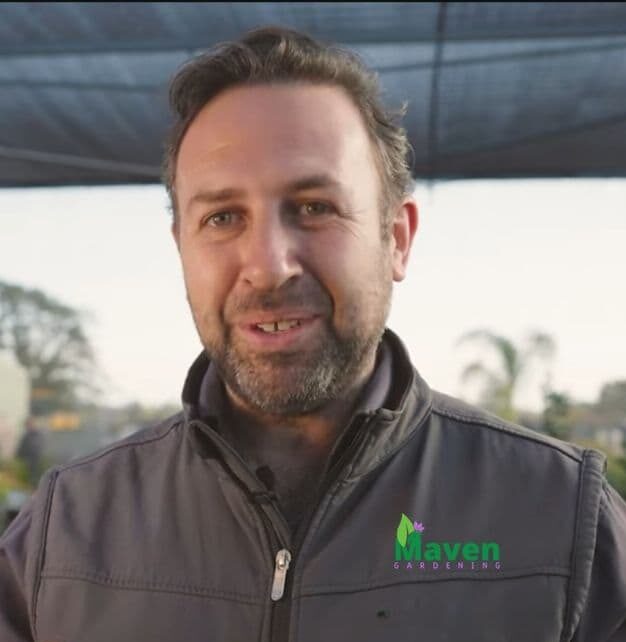What Makes Dutch Bucket Hydroponic Systems Special?
Dutch bucket hydroponic systems are probably something you’ve heard of if you’ve been doing hydroponics for a while. The main difference between these setups and regular bucket systems is that they are better for taller plants or plants that grow on vines. This includes tomatoes, peppers, and even small fruit trees.
The Dutch system is a step up from hydroponics because it uses drip watering. It’s often a bit more challenging and requires a higher level of skill and care, but the benefits are considerable: higher yields and the ability to grow a broader range of plants.
And that’s our first step into hydroponics using buckets. We’ve only scratched the surface and discussed why it’s such a hot topic. We’ve discussed the basics of a 5-gallon system, taken a DIY break, and looked into Dutch systems.
Ideal Plants for Bucket System Hydroponics
Knowing which plants to grow is essential when starting bucket system hydroponics. Vegetables like tomatoes and onions grow well. Mint and basil are also suitable herbs. Think about your aesthetic or cooking goals. If you’re a beginner, start with hardy and patient plants. You can try different things with the bucket method, so don’t be afraid to be creative.
The Technical Side: Nutrients and pH Levels
When the balance is right, hydroponics in a bucket works well. Firstly, there are already mixed solutions for food, but making your own gives you complete control over the ingredients. Check the nutrient amounts often. For most plants, the pH should be between 5.5 and 6.5. Digital pH meters make it easier to do the job. If the pH isn’t correct, you can fix the pH by adding citric acid or baking soda.
The Most Common Challenges and How to Overcome Them
– Common Challenges in Hydroponic Systems:
- Algae growth leads to root issues
- Nutrient imbalances affect plant health
– Overcoming algae problems:
- Keep light away from the nutrient solution
– Addressing Nutrient Imbalances:
- Yellow leaves may indicate nitrogen shortage
- Slow growth might require more phosphorus
– Successful Navigation of Challenges:
- Pay attention to plant cues
- Make adjustments based on observations to prevent obstacles
Final Thoughts.
Bucket system hydroponics is a game-changer for indoor growers. It saves room like an apartment and gives you the harvest of a small farm and the satisfaction of doing it yourself. Why wouldn’t you like it? Jump in; your home garden will be glad you did.
FAQ’s
How much does it cost to set up a bucket system hydroponics?
-No, prices are low, especially if you make your own hydroponic bucket system.
What’s the lifespan of a 5-gallon bucket hydroponic system?
-With proper care for at least a few years. If you take care of your buckets and ensure their quality, they will last longer.
How do Dutch bucket hydroponic systems differ?
-Dutch methods usually have better drainage and are better for vine plants.
Can I put different plants in the same bucket system?
-Due to nutrient and pH needs, keeping similar plants in the same system is better.
Is it safe to eat hydroponically grown food?
-Yes, of course. Ensure nutrition solutions are safe for food and monitor pH.
Which plants do best in a bucket hydroponic system?
-For beginners, it’s wise to start with leafy veggies like lettuce, kale, and spinach. But if you set things up right, you can also grow fruits and vegetables of a larger size.
How often should I change the nutrient solution in a bucket hydroponic setup?
-Changing the nutrient solution every two to three weeks is the most effective way to ensure plants get all the necessary nutrients. Keep an eye on pH and nutrients.
Are water-grown plants different from soil-grown plants?
-Taste can change depending on nutrients, light, and plant growth. Some people think that food grown without dirt tastes just as delicious or even better than food grown in soil. But it’s up to the person and differs for each plant.



